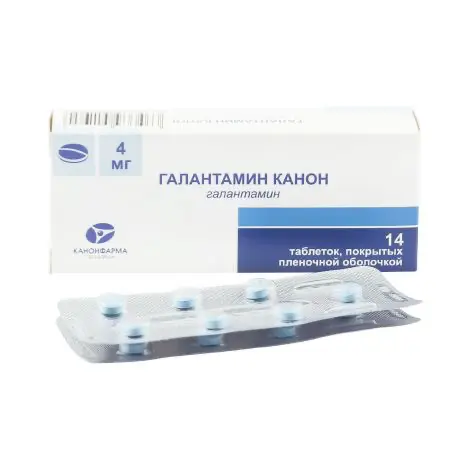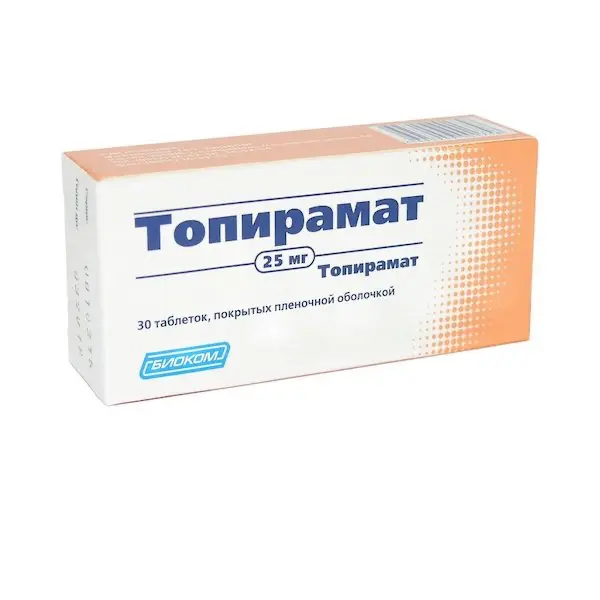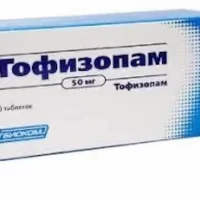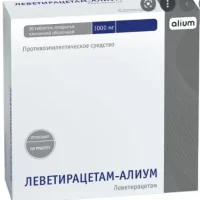Description
Galantamine Pharmacodynamics
Selective, competitive and reversible acetylcholinesterase inhibitor. Stimulates nicotinic receptors and increases postsynaptic membrane sensitivity to acetylcholine. Facilitates excitation conduction in neuromuscular synapse and restores neuromuscular conduction in cases of its blockade by myorelaxants of non-depolarizing type of action. Increases tone of smooth muscles, increases secretion of digestive and sweat glands, causes miosis. By increasing cholinergic system activity, galantamine improves cognitive functions in patients with Alzheimer’s type dementia, but has no effect on the development of the disease itself.
Indications
– Mild to moderate dementia of the Alzheimer type;
– Poliomyelitis (immediately after the cessation of the febrile period, as well as in the recovery and residual period);
– myasthenia gravis, progressive muscular dystrophy, cerebral palsy, neuritis, radiculitis, myopathy.
Contraindications
Hypersensitivity to any of the components of the drug; bronchial asthma; bradycardia; atrioventricular blockade;
arterial hypertension, angina pectoris; chronic heart failure; epilepsy; hyperkinesias;
severe renal (creatinine clearance less than 9 ml/min) and hepatic (more than 9 points on the Child-Pugh scale) disorders; mechanical intestinal obstruction; chronic obstructive pulmonary disease; obstructive diseases or recent surgical intervention on the organs of the gastrointestinal tract;
obstructive diseases or recently undergone surgical treatment of the urinary tract or prostate; children under 9 years of age; pregnancy and lactation.
With caution:
Mild to moderate renal or hepatic dysfunction;
sinus node weakness syndrome and other supraventricular conduction disorders;
concomitant use of drugs that slow heart rate (digoxin, beta-adrenoblocks); general anesthesia; gastric and duodenal ulcer, increased risk of gastrointestinal erosive ulcers.
Usage during pregnancy and lactation
It is contraindicated in pregnancy. Breast-feeding should be discontinued during treatment.
Dosage and administration
- Inside, with a meal, with water.
- Adults:
The daily dose is 8-32 mg divided into 2-4 doses. - In myasthenia gravis the daily dose is divided into 3 doses.
- For Alzheimer’s disease, treatment is recommended to begin with tablets of 4 mg
2 times a day. Within 4 weeks, the daily dose can be gradually increased to 16 mg – 1 tablet of 8 mg twice a day. - 1 tablet of 8 mg twice a day – in the morning and in the evening. During treatment with the drug it is necessary to ensure intake of sufficient fluids. If during treatment it is necessary to stop taking the drug, restoration of treatment should be started with the lowest dose and gradually increased.
- Patients with moderately expressed hepatic and renal dysfunction:
The initial dose is 4 mg once daily, taken in the morning, for at least
1 week, after which the dose is increased to 4 mg twice daily and taken for
4 weeks. - The total daily dose should not exceed 12 mg.
- Children (from 9 years of age)
Treatment of poliomyelitis, infantile cerebral palsy: - From 9 to 11 years of age, the daily dose is 4 to 12 mg divided into 2 to 3 doses;
- From 12 to 15 years of age, the daily dose is 4-16 mg divided into 2 to 4 doses.





